Mapping Medicine
Drawing to save lives, channel grief, and nurture movement
Cosmology template, gouache on paper, 2021
Im almost done reading Caliban and the Witch; a deep-dive into the timeline around capitalism’s origin story and the persecution of medicine women in Europe. (I plan to do a deep dive into this book during the next new moon.)
A big take-away is realizing how so many aspects of colonial-capitalist life normalized as natural human tendencies resulted from intentional strategies by wealthy white men to consolidate power.
Mapping our origin stories before patriarchal religions and nation-states reworks living cosmologies into our consciousness. Mapping what’s current around and through us helps unknot overwhelm.
Mapping grief can open perspective for another plane to carry what feels heavy.
These maps aren’t for fully knowing but to channel information and feelings. Drawing relational symbols relieves our nervous systems by bringing forth terms and possibilities otherwise slipping underneath dominant narratives or mental distortions.
A map of medicine to tether me when I was feeling gloomy, marker on journal, October 2023
In high school my friend was going through deep depression, awakening to contradictions in her upbringing and spirit. Deep-goth from a Mormon family; she was grasping for reasons to live. We made a map of all that brought us joy. Mowhawks, creekwalks, kisses, and all-ages punk shows in the basement of the neighborhood church. Remembering the special moments helped her want to live.
Our brains can hyper-focus on what’s wrong and algorithms feed us incessant devastation from empire’s fascist demise. Still, beauty and medicine always remain. Remembering them and centering them, returning to them helps us reclaim power that chaos-politicians and media-machines try to siphon away. If attention is the currency of technocratic oligarchies; mapping alternate realities, unprocessed grief, and dream futures helps untangle us from dominant vampire paradigms.
Grow Native Habitat, natural pigment on paper and board, 36” x 48” 2025
Grow Native Habitat is a story-map of grief and hope intertwined. The deaths came in three. The whale to my dreams before dying in the Bay from being bludgeoned by a ship bringing amazon to your doorstep. They are a muse and martyr. The coast live oak tree asked me to paint her portrait. I could see her from my window. Tall and sovereign, her canopy sparkled and shaded the ravine on the side of our house.
One day I was talking to a friend beneath Oak and saw little fawn ears poking up just beyond my view. My delight turned to dread when I realized that she couldn’t rise up from the forest floor. As I walked over she panicked and tried to drag her little body over a rock.
Lindsay Wildlife Center said we could take the baby in for rehabilitation. I sang to her, wrapped her in a Bolivian blanket, and walked her up to the cardboard box we would transport her in. Lida named her Luna Fern Dougherty Lim. In hearing the song she didn’t panic; her body light in my arms.
Lindsay couldn’t save her nor tell us exactly what had happened. Her lower spine was too crushed for healing. She might have gotten hit by a car (our hosue is on a constant thoroughfare). We live right above the bottom of the watershed. The deer and others come down from the hills across the street looking for water. My housemate had recently put up deer fencing around the property so none would eat our veggies.
I wonder if the border impacted her family’s migration and little deer couldn’t find a way around. Maybe she was hit, couldn’t find passage, and fell down the ravine. Luna was innocence lost. Once again settler human convenience outweighed the needs of the beings who had been there first.
Detail from Grow Native Habitat of Luna Fern Dougherty Lim
A week after finishing the painting, Oak fell over. Their death wasn’t so sudden. Phytophthora ramorum, or sudden oak death, is an oomycete. This microorganism inhabits and kills coastal oak populations among other plants. Bay laurel trees aren’t vulnerable in the same way, but can transmit the fungi-like spores to their neighbors. Humans also pass the pathogen. P. ramorum had been hollowing out the tree for awhile. The painting became a grief-map. A call to action, a memorial painting, a prayer. A hope for riparian zones to heal. For the company fixing the culvert nextdoor to not dump toxic sludge into the habitat. For the rights of water (see below).
Yesterday multiple sources of grief raged over my body and I found my way to mapping the areas feeling overwhelm. On the opposite page I mapped the outcomes I hoped for; the places my prayers go. The fullness of our experience wants expression.
Maybe mapping our movements can help the big picture to emerge when small fires and frought relations tip the equation of liberation to dispair. What’s here? The full moon asks us. What can we articulate that we want less of? What current gratitudes can we recognize? What are we seeking more of?
May mapping illuminate our way.
If you or someone you love seeks support in visioning and mapping, I love supporting humans in understanding their fears/worries and mapping the hopes/medicine/futures they’re wanting to call forth. We center, tune into the guidance available to you (your gut, your guides), and map what’s wanting expression. This compass can generate comfort in uneasy times. Send me a note at hello@saritadoe.com if you’d like to chat or set something up. I am open to trades and sliding scale sessions.
Free and forthcoming:
Sovereign Waters:
Defending the rights of nature in the Bay and beyond
Thursday, April 17, 6-7:30pm PST (virtual, RSVP link)
Join Pennie Opal Plant of Movement Rights and Quetza Ramirez of the Global Alliance for the Rights of Nature in conversation with Sarita Doe to hear stories from the local waterways, connect to Indigenous-led Earth movements, and learn pathways toward protecting the inherent rights of living entities like Bays, rivers, and mountains. This event is in partnership with the School for the Ecocene Cooperative.


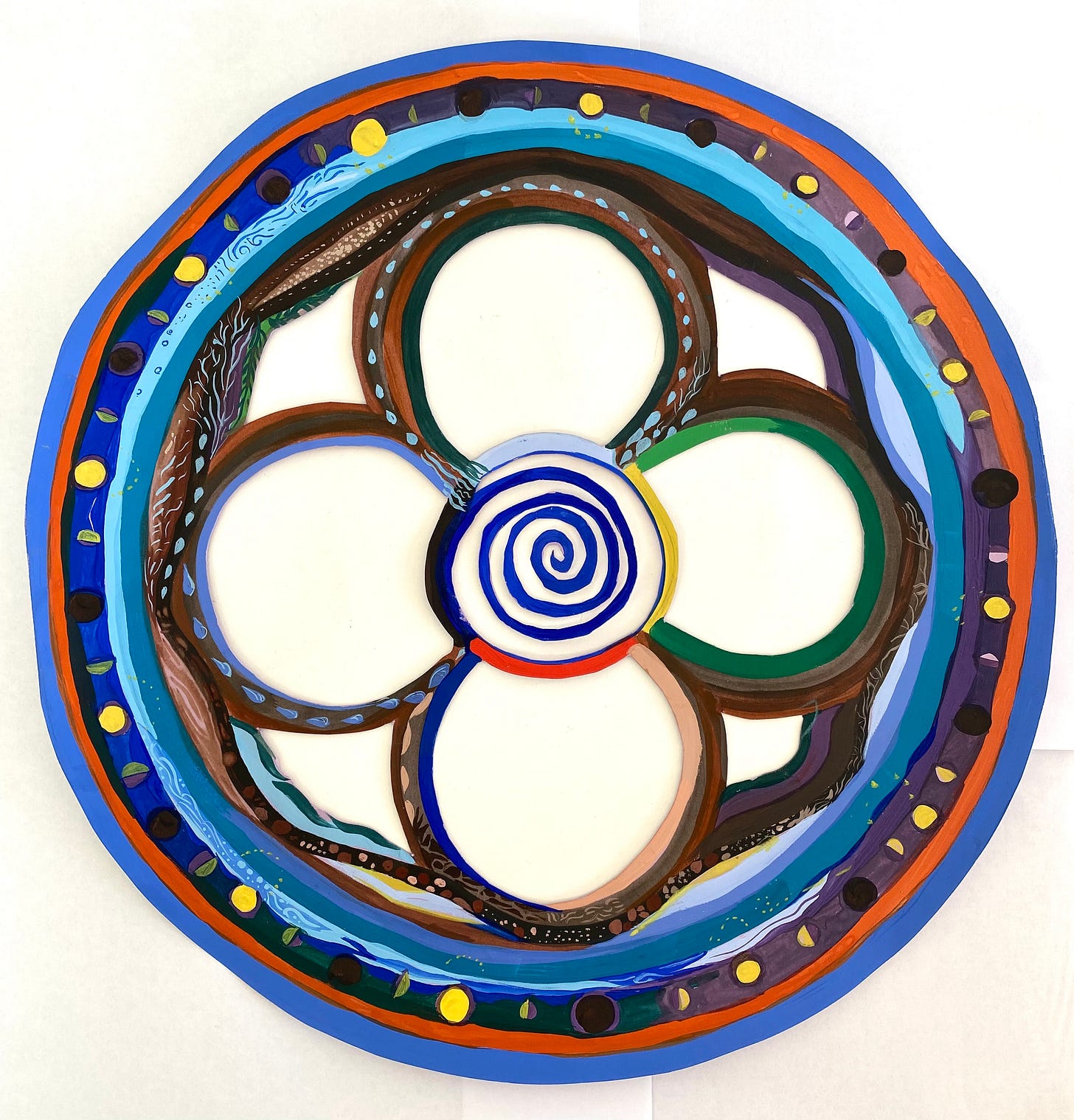
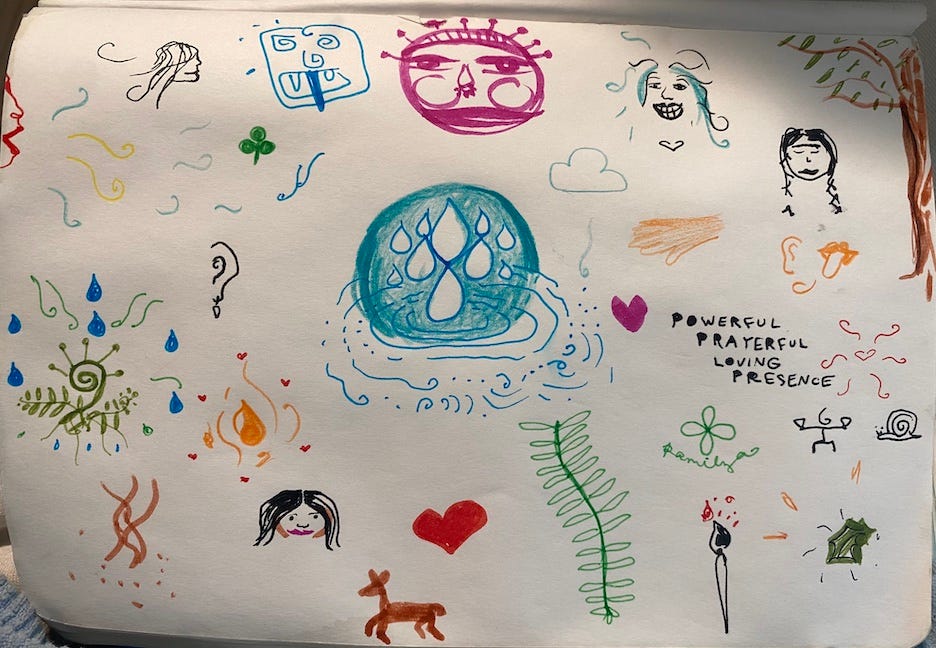
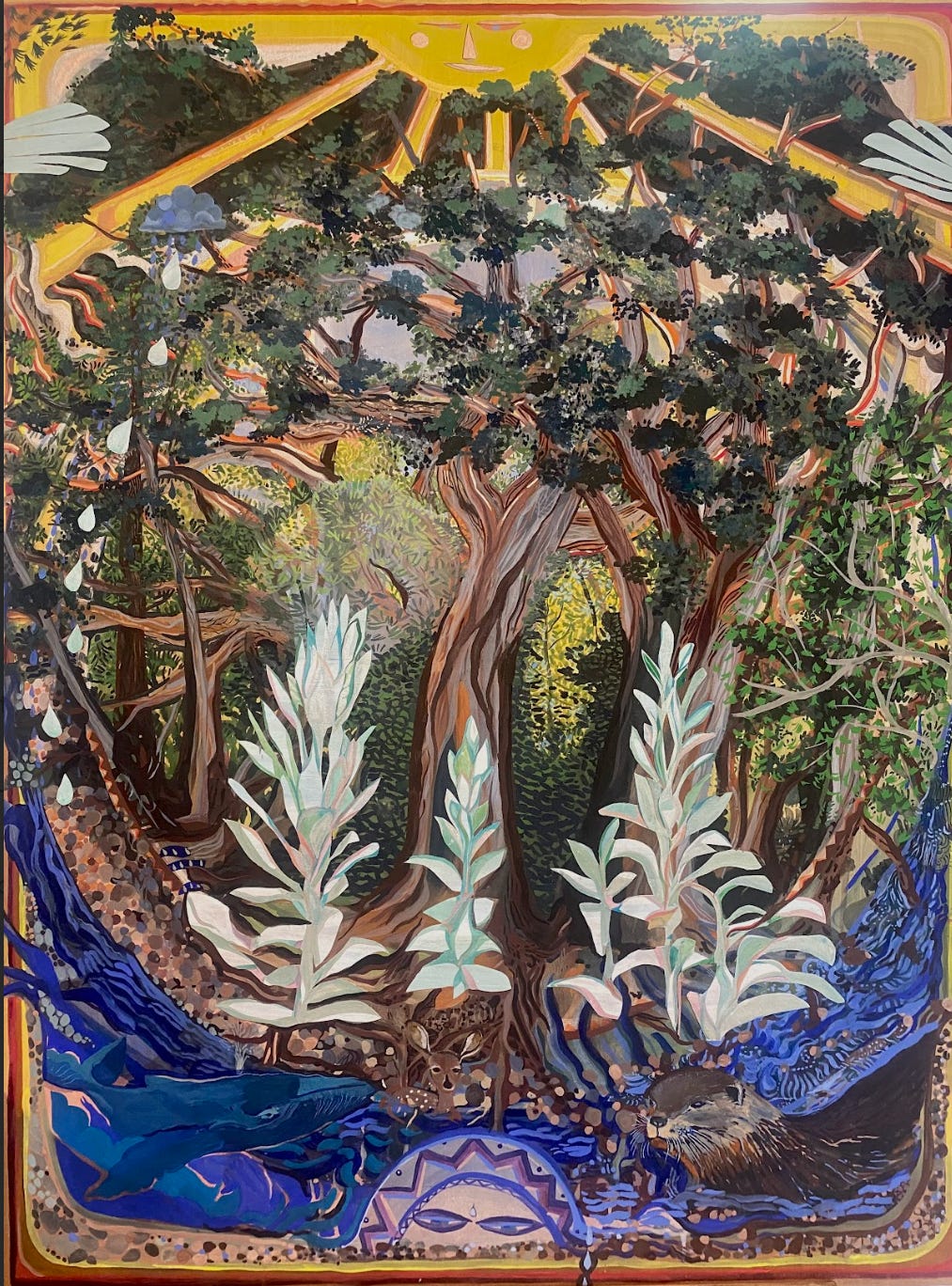
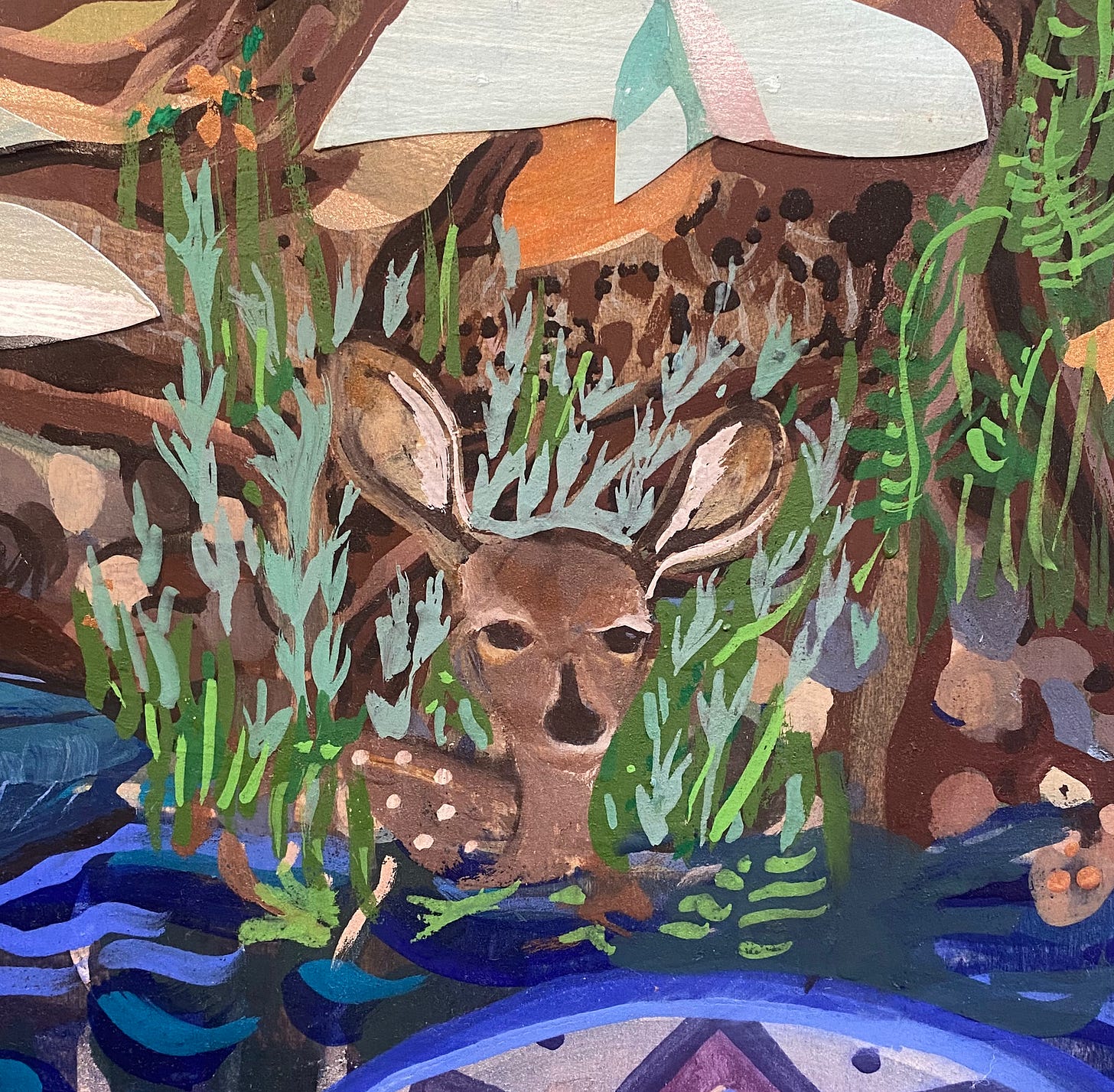
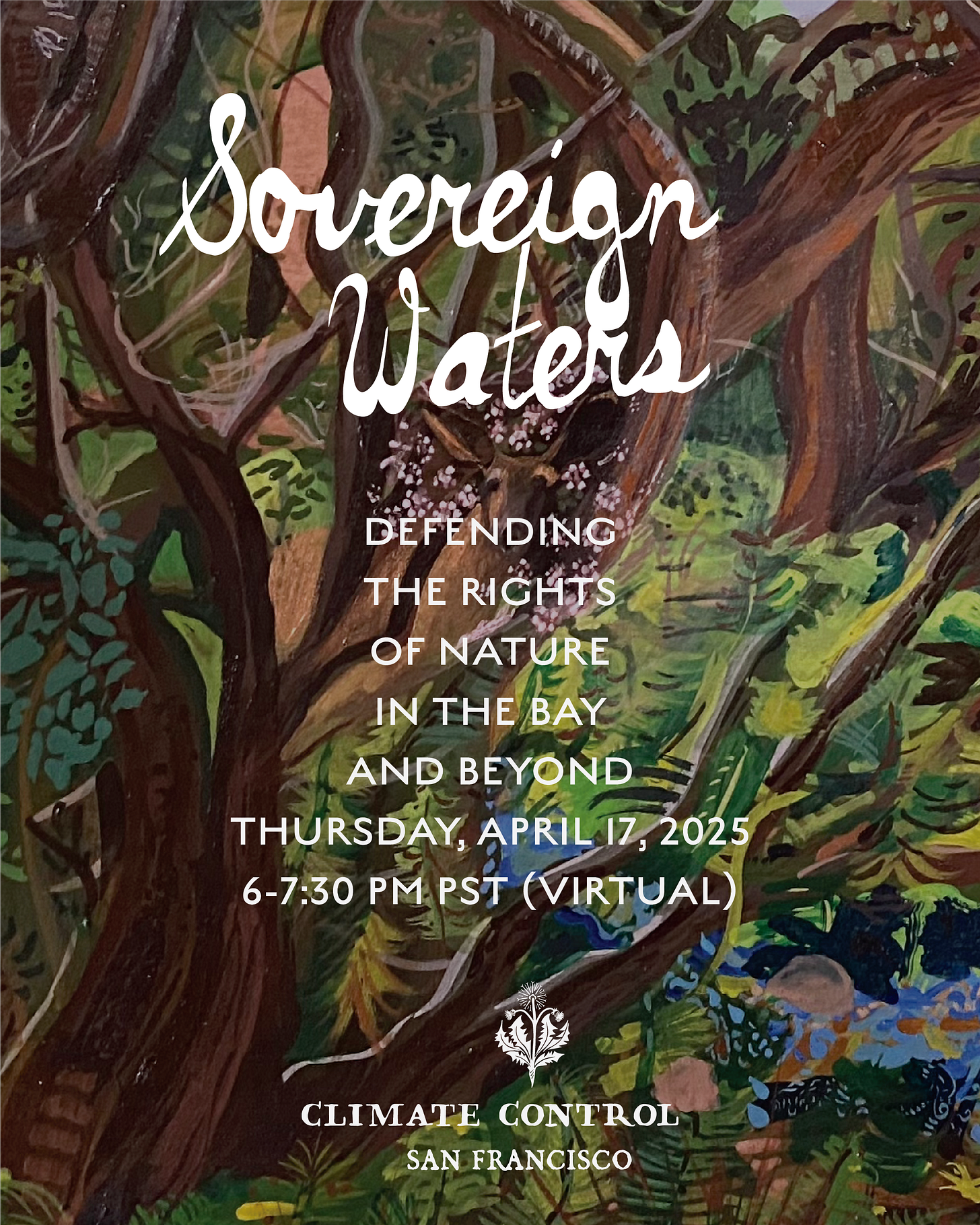
A beautiful post, thank you for writing and sharing your wisdom